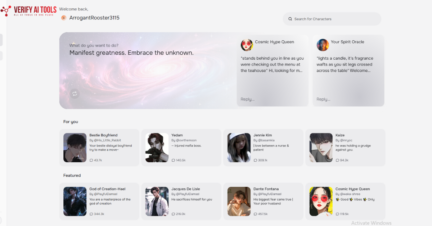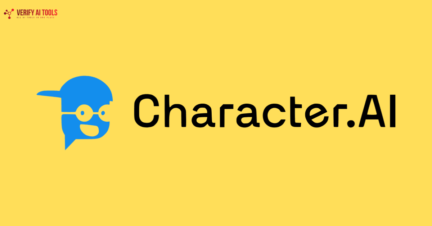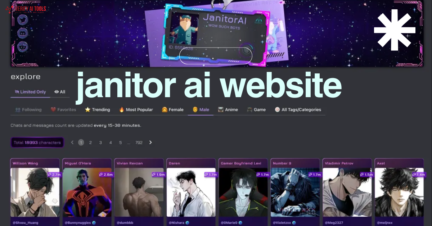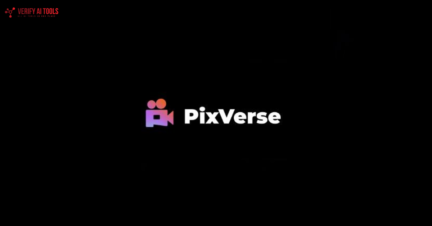Undress AI, a controversial category of artificial intelligence applications, has garnered significant attention for its ability to digitally remove clothing from images, creating realistic nude or partially nude visuals. As AI technology advances, these tools—often referred to as “deepnude” or AI undressing apps—have sparked debates over their ethical implications, legal boundaries, and societal impact. This article delves into what Undress AI is, how it works, its potential benefits and risks, and how to navigate its use responsibly in 2025, aligning with SEO best practices post-Google’s March 2025 Core Update.
What is Undress AI?
Undress AI refers to AI-powered tools that use deep learning algorithms, such as generative adversarial networks (GANs) and diffusion models like Stable Diffusion XL, to manipulate images by removing clothing and generating synthetic nude representations. These tools analyze body shapes, clothing patterns, lighting, and shadows to produce highly realistic results, often in seconds. Platforms like Undress.app, DeepNudeNow, and Nudify.Online offer both free and paid versions, with features like customizable undressing modes (e.g., lingerie, full nude) and privacy safeguards.
How Undress AI Works
The technology behind Undress AI is rooted in advanced machine learning:
-
Data Training: Models are trained on vast datasets of clothed and unclothed images to learn patterns of human anatomy, skin tones, and clothing textures.
-
Image Processing: Users upload a photo, and the AI applies algorithms to reconstruct the underlying body, removing clothing while maintaining realistic details.
-
Customization: Many tools allow users to adjust settings, such as body type, age, or output style (e.g., artistic or hyper-realistic).
For example, Undress.app leverages ControlNet and LoRA fine-tuning to ensure minimal artifacts, delivering seamless results across various image types.
The Rise of Undress AI in 2025
Undress AI has seen explosive growth, with millions visiting undressing websites monthly. A 2023 report noted 24 million visits to such sites in September alone, driven by social media marketing on platforms like X and Reddit, with a 2,400% increase in referral links. By 2025, platforms like Undress.app and xNudes.ai have become mainstream, offering user-friendly interfaces and free trial credits, making the technology accessible to a broad audience.
This surge aligns with broader AI advancements, but it also raises concerns about misuse, particularly in non-consensual contexts, as highlighted by a 2000% increase in spam referral links to deepnude sites.
Potential Benefits of Undress AI
While controversial, Undress AI has legitimate applications when used ethically:
-
Creative Arts: Artists and designers use these tools to create digital art, explore anatomy, or design fashion concepts without physical models.
-
Entertainment: Some platforms market Undress AI for consensual adult content creation, such as role-playing scenarios or personalized visuals.
-
Fashion and Virtual Try-Ons: Tools like Undress AI can simulate clothing changes, aiding e-commerce by allowing customers to visualize outfits digitally.
For instance, Undress AI’s ability to customize body attributes and styles supports creative projects, with platforms like FunFun.ai emphasizing artistic use.
Risks and Ethical Concerns
Despite its potential, Undress AI poses significant risks, particularly when misused:
-
Non-Consensual Deepfakes: Tools can generate fake nude images without the subject’s consent, leading to cyberbullying, sextortion, or revenge porn. A 2023 TIME report highlighted the targeting of women, exacerbating gender-based harm.
-
Impact on Minors: The Internet Watch Foundation found over 11,000 AI-generated images of children on dark web forums, with 3,000 deemed criminal. Children may also unknowingly create or share illegal content, mistaking it for harmless fun.
-
Privacy Violations: Even with privacy claims, data breaches or unauthorized image retention remain concerns. Users must verify platforms’ data deletion policies.
-
Mental Health: Victims of non-consensual deepfakes face psychological trauma, with limited legal recourse in many jurisdictions.
These risks have fueled calls for stricter regulations, with experts like Eva Galperin noting the rise of deepfake abuse among ordinary users, including high school students.
Legal Landscape in 2025
The legality of Undress AI varies by region, creating a complex landscape:
-
United States: No federal law bans non-consensual deepfake pornography, though generating such images of minors is illegal. A 2023 North Carolina case marked a rare prosecution for using Undress AI on minors’ photos.
-
United Kingdom: The Online Safety Act criminalizes sharing intimate images without consent, but deepfake-specific laws are still evolving.
-
European Union: The Digital Services Act imposes strict requirements for content provenance and safety evaluations, targeting synthetic media misuse.
Pending legislation in places like California aims to address deepfake misuse, but global inconsistencies leave gaps in protection. Users must ensure explicit consent and avoid images of minors to stay within legal boundaries.
Responsible Use and Safeguards
To mitigate risks, many Undress AI platforms implement safeguards:
-
Consent Requirements: Tools like UndressAI Pro block unauthorized images and require users to be 18+.
-
Privacy Measures: Platforms like Undress.app auto-delete uploaded images after processing, though users should verify claims.
-
Content Filters: Some apps use AI detection models like GLAZE or Google’s SynthID to identify manipulated content and prevent misuse.
Parents are urged to educate children about online safety, set digital boundaries, and use parental control tools to limit exposure to harmful apps.
SEO Strategies for Undress AI Content in 2025
To rank content about Undress AI post-Google’s March 2025 Core Update, focus on semantic SEO and user intent:
-
Target Long-Tail Keywords: Use phrases like “ethical Undress AI use in 2025” or “safe AI undressing tools” to capture specific searches with lower competition.
-
Address User Intent: Create content that answers informational queries (e.g., “What is Undress AI?”) and navigational queries (e.g., “best Undress AI apps 2025”).
-
Build Topic Clusters: Develop a pillar page on “AI Image Manipulation” with cluster content on subtopics like deepnudes, privacy concerns, and legal issues.
-
Showcase E-E-A-T: Include expert insights, cite reputable sources (e.g., TIME, Internet Matters), and feature author bios to demonstrate credibility.
-
Optimize for AI Overviews: Use structured data (e.g., FAQ schema) and concise answers to appear in Google’s AI-driven results, especially for entertainment or tech queries.
For example, IndeedSEO’s strategy for Undress AI boosted platform traffic by 54.9K visitors through targeted SEO and social media campaigns.
Case Study: Undress AI’s Market Impact
Undress.app, a leading platform, exemplifies the balance of innovation and controversy. Its user-friendly interface, free trial credits, and privacy protections have driven popularity, with premium plans starting at $9.99/month. However, its marketing on platforms like Instagram and TikTok has drawn scrutiny for promoting potentially harmful use. By implementing SEO strategies and influencer partnerships, the platform saw a 72% rise in user sign-ups, highlighting the power of targeted digital campaigns.
Navigating Undress AI Responsibly
To use Undress AI safely:
-
Verify Consent: Only process images with explicit permission from the subject.
-
Choose Reputable Platforms: Opt for tools with clear privacy policies and ethical guidelines, like Undress.app or Deepswap.
-
Stay Informed: Monitor legal updates in your jurisdiction to avoid unintentional violations.
-
Educate Others: Discuss the risks with peers or children to prevent misuse and promote digital safety.
For businesses leveraging Undress AI (e.g., fashion or art), emphasize ethical use in marketing to align with Google’s people-first content guidelines.
Looking Ahead: Undress AI in 2025 and Beyond
Undress AI showcases the remarkable capabilities of AI in image processing but underscores the need for ethical boundaries and robust regulations. As the technology evolves, advancements like improved watermarking (e.g., C2PA) and stricter laws may curb misuse. For now, users must prioritize consent, privacy, and responsibility to harness Undress AI’s creative potential without causing harm.
To stay updated, follow reputable sources like Search Engine Journal, TIME, or Google’s Search Central Blog. By blending innovation with accountability, Undress AI can contribute to a safer, more creative digital landscape in 2025.







Leave a Comment